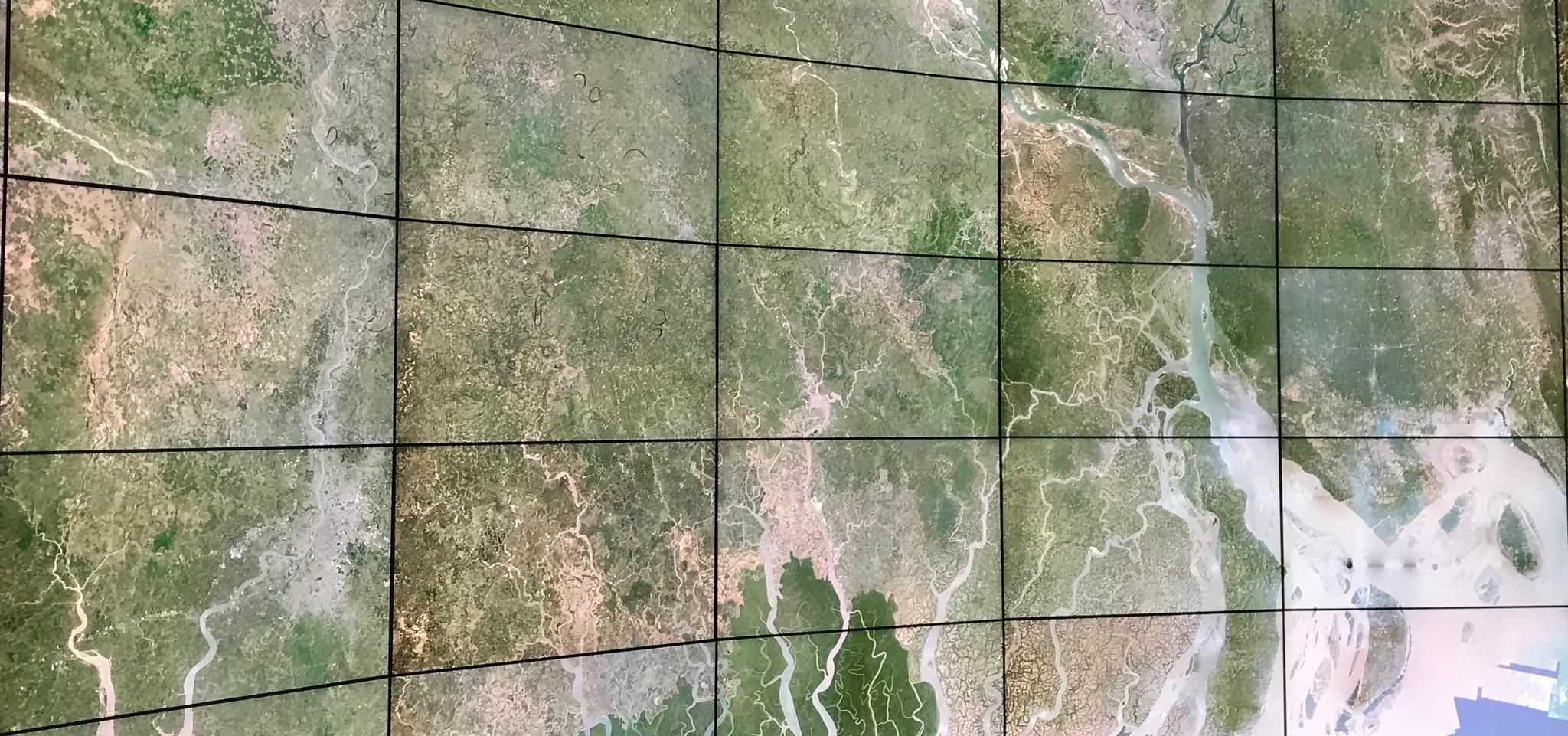Stanford Students Can Now Harness The Power of Planet’s Satellite Data
Planet has partnered with Stanford University, providing students with subscription access to Planet’s data and satellite imagery. Stanford will now be able to use Planet’s Dove and RapidEye imagery for non-commercial research and classroom activities across a variety of disciplines. With Planet’s data and tools, the students can access a vast array of fascinating, undiscovered insights about Earth—from tracking receding glaciers to observing humanitarian responses to crises. Stanford Libraries—with support from the Natural Capital Project and The Center on Food Security and the Environment —decided to partner with Planet after collecting interest from multiple faculty members and stakeholders on campus. In particular, Stanford earth system science professors David Lobell and Marshall Burke are interested in using Planet imagery to run predictive modeling around food security and sustainability, at continental scales. “Planet offers an unprecedented combination of fine spatial resolution and temporal frequency,” Lobell says. “We're excited to test Planet data on some long-standing problems where coarser sensors have struggled, such as tracking economic activity in remote areas, or measuring cropping diversity in tropical agriculture.” [caption id="attachment_143470" align="aligncenter" width="4032"]


Ready to Get Started
Connect with a member of our Sales team. We'll help you find the right products and pricing for your needs


